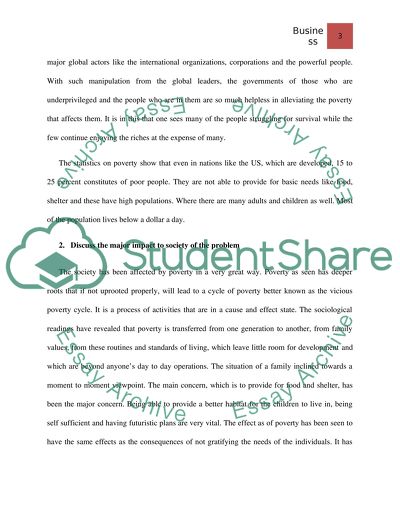Cite this document
(Macroeconomic Policy and Poverty Reduction Term Paper, n.d.)
Macroeconomic Policy and Poverty Reduction Term Paper. Retrieved from https://studentshare.org/macro-microeconomics/1393750-economic-policy-recommendation
Macroeconomic Policy and Poverty Reduction Term Paper. Retrieved from https://studentshare.org/macro-microeconomics/1393750-economic-policy-recommendation
(Macroeconomic Policy and Poverty Reduction Term Paper)
Macroeconomic Policy and Poverty Reduction Term Paper. https://studentshare.org/macro-microeconomics/1393750-economic-policy-recommendation.
Macroeconomic Policy and Poverty Reduction Term Paper. https://studentshare.org/macro-microeconomics/1393750-economic-policy-recommendation.
“Macroeconomic Policy and Poverty Reduction Term Paper”, n.d. https://studentshare.org/macro-microeconomics/1393750-economic-policy-recommendation.


